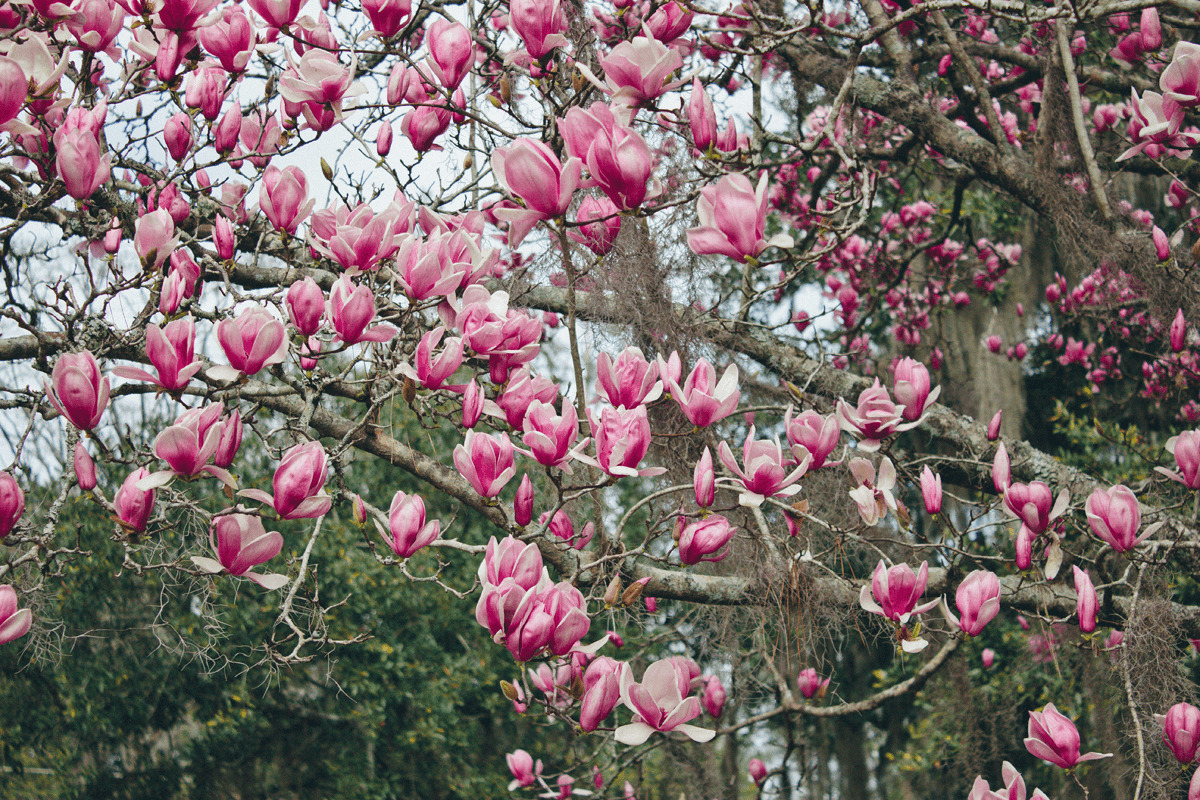
Have you driven through any of Tallahassee’s older neighborhoods this January or February? If you did I bet you noticed the beautiful Japanese Magnolias blooming in shades of pink and white in almost every yard with a garden. These delicate small trees were once a staple for every Tallahassee home, but over the years they have become harder and harder to find. Luckily, thanks to a former employee and expert plantsman still in the area, Tallahassee Nurseries has been able to secure a small but precious selection of some of the most lovely Japanese Magnolias from years past.
These trees haven’t fallen out of favor for any good reason mind you. Simple changes in gardening trends and an admittedly high level of technical difficulty in propagating many Japanese Magnolias have meant fewer growers produce them. In our area, however, Japanese Magnolias are very easy to grow with few problems and an amazing reward of colorful blooms each year, often when their dark purple or soft pink hues are most needed to break our winter blues. Most of these trees are medium rate growers giving you roughly 1’-2’ of growth per year and topping out generally no more than 25 or 30 feet tall. At home in the large gardens of yesteryear, Japanese Magnolias are also perfectly suited for today’s smaller lots, as the trees are almost never large enough to threaten real damage to surrounding structures.
Japanese Magnolias can be planted in full sun or part sun as long as there is well drained soil and ideally good airflow to keep the leaves nice and clean. Make sure to mulch these plants well to keep the roots cool and moist, and don’t forget to keep them very well watered as insufficient water is the number one cause of problems with new plantings. Apply at least 1 gallon of water slowly and directly to the root ball every 2 days for the first Spring and Summer. Apply at least 1 gallon of water slowly and directly to the root ball every 4 days for the first Fall and Winter. Only rain over ¼ inch counts as a watering The second year watering needs will reduce, water when leaves first show signs of wilting.
*This article was written by Jonathan Burns (Tallahassee Nurseries Outdoor Manager, FNGLA Florida Certified Horticulture Professional)

